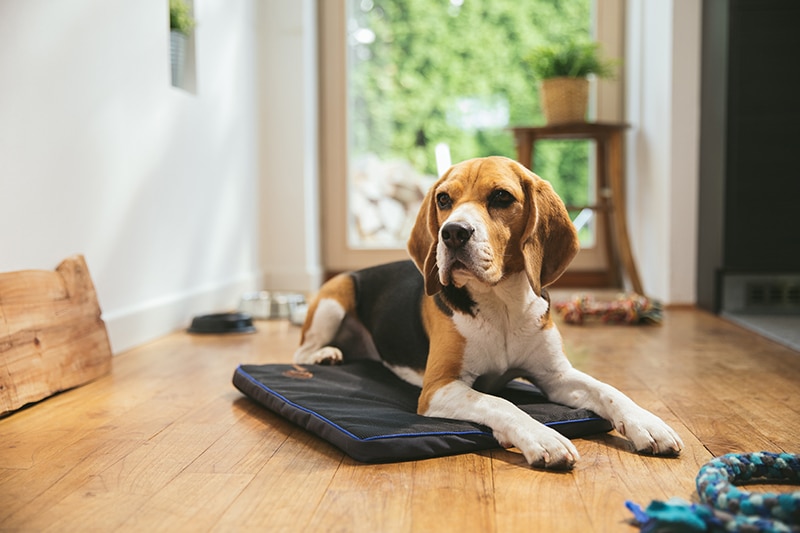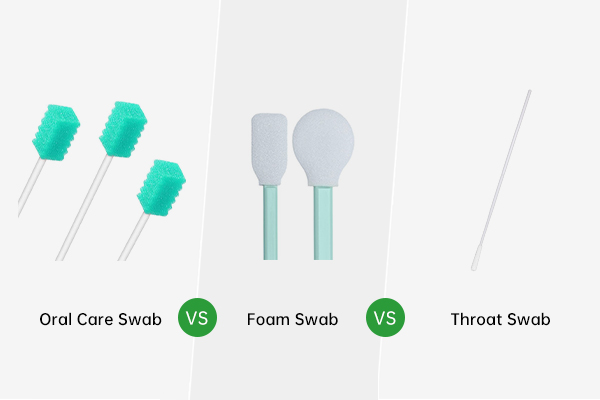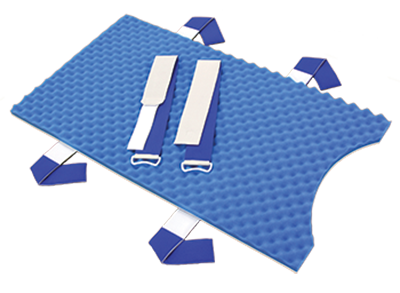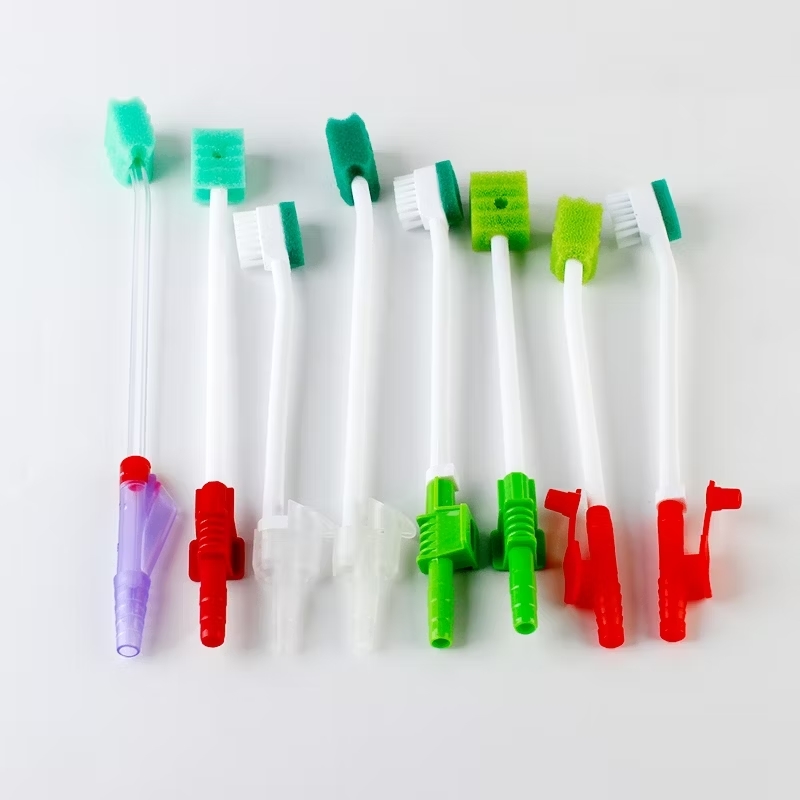The need for specialist instruments increases as veterinary medicine develops. One such solution, often overlooked, is the use of positioning pads made from medical sponge materials, which enhance patient care, improve comfort, and ensure precision in surgeries and diagnostics.
Veterinary clinics have traditionally focused on medication, surgery, and diagnosis, often neglecting subtle needs like comfort and proper positioning. This article explores how medical sponge positioning pads address these needs and their importance in veterinary care.
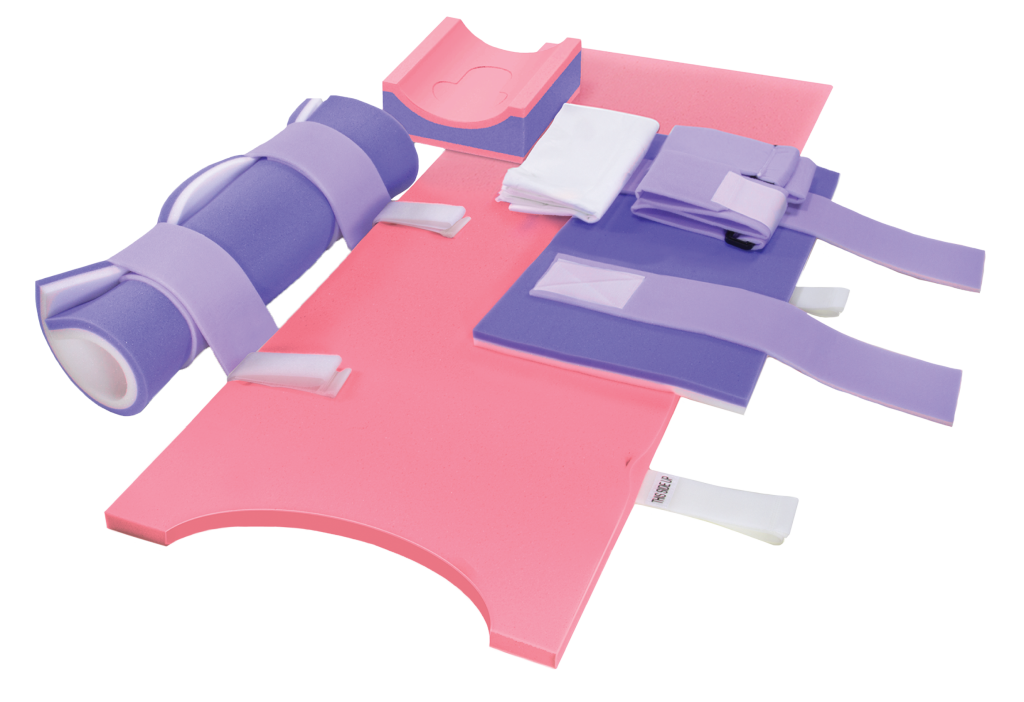
What Are Positioning Pads?
Positioning pads are specialized materials used to support and stabilize animals during various medical procedures. These pads are made specifically for use in veterinary settings and are available in a variety of sizes, shapes, and styles. They are primarily made from soft, durable, and often medical-grade materials that offer comfort and support while ensuring proper alignment during procedures. Medical sponge materials, in particular, are chosen for their flexibility, cushioning, and ability to conform to the unique body shapes of animals.
The design of these pads allows them to be used for both preventative care and post-operative recovery. They ensure that pets maintain a safe and comfortable position while being examined or treated, reducing stress and preventing injury.
The Importance of Proper Positioning in Veterinary Care
Proper positioning during medical procedures is not just about comfort; it is essential for ensuring the accuracy and success of the treatment. Animals, especially when under anesthesia, can be difficult to keep in position without the right equipment. Veterinary procedures, whether diagnostic imaging like X-rays CT scans, or surgeries, often require animals to remain still and stable for extended periods.
Without proper support, animals may experience unnecessary strain, discomfort, or even injury. Musculoskeletal issues, such as pressure sores, joint stress, or nerve damage, can occur if an animal is not correctly positioned during a procedure. These issues can not only cause pain and distress but also affect the success and safety of the treatment being performed.
In the absence of effective positioning pads, veterinarians may resort to using makeshift solutions, such as towels or blankets, which often lack the support or stability needed. This is where medical sponge material pads come in, offering a far more reliable and precise method of positioning.
Why Medical Sponge Materials?
Medical sponge materials are an ideal choice for creating positioning pads. These materials are specifically designed to meet the rigorous standards required in medical environments, making them highly effective for use in veterinary care.
Cushioning and Comfort: Medical sponges provide excellent cushioning, which helps to distribute pressure evenly across the animal’s body. Given that sedated animals may not be able to communicate their discomfort, this is particularly important. The cushioning effect minimizes the risk of pressure ulcers or sores, which are common in animals who remain in one position for an extended period.
Flexibility and Conformability: One of the main features of medical sponge material is its flexibility. When used in positioning pads, the material conforms to the animal’s unique body contours. Whether it’s a small cat or a large dog, the sponge material can mold around their body, ensuring optimal support and alignment. This adaptability makes sponge-based pads suitable for a wide variety of animal species, sizes, and body shapes.
Breathability and Hygiene: Medical sponge materials are often designed to be breathable, allowing air to circulate around the animal’s body. This reduces the risk of heat buildup, moisture retention, and skin irritation. Many sponge materials are also antimicrobial, which means that bacteria, fungi, and other pathogens cannot harm them. This is essential for avoiding infections, particularly in cases involving surgical sites or open wounds.
Lightweight and Easy to Handle: Positioning pads made from medical sponge materials are typically lightweight, which makes them easy for veterinary staff to handle. Whether they need to adjust the position of the animal or move the pad during a procedure, the ease of handling is a key benefit.
Reusability and Durability: A lot of medical sponge materials are made to be resilient to frequent cleanings and uses. This is especially crucial in hectic veterinary clinics where equipment must be durable and reasonably priced. The pads can be sanitized between uses, maintaining hygiene standards without the need for frequent replacements.
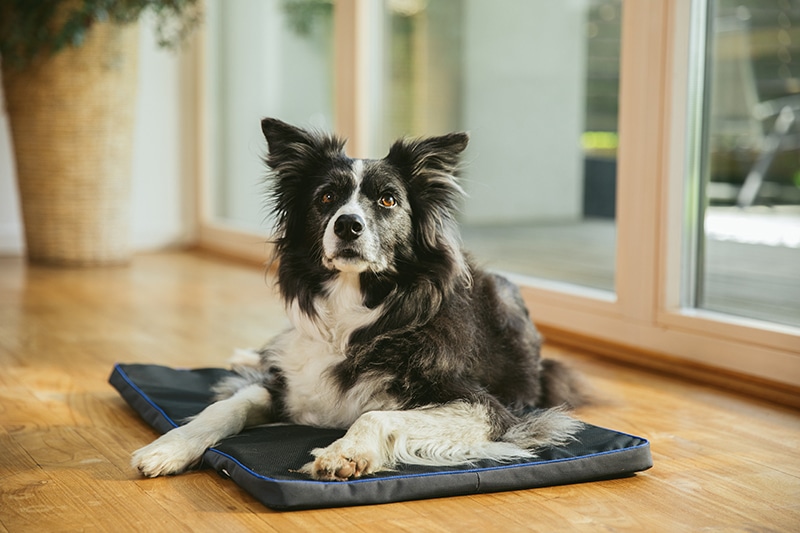
Applications of Positioning Pads in Pet Medicine
Positioning pads made of medical sponge materials can be used in a variety of settings, each serving a distinct purpose in improving the quality of care animals receive during veterinary procedures.
1. During Surgeries
Veterinary surgeries, whether they are routine spaying/neutering or more complex orthopedic surgeries, require animals to be placed in specific positions for optimal access and visibility. The use of positioning pads ensures that the animal remains stable and in the correct orientation throughout the procedure. The soft cushioning of the pads prevents unnecessary pressure on vital organs and joints, and their conformability helps in keeping the surgical area clear from obstructions.
In some surgeries, the animal needs to be placed in a way that prevents the weight from bearing on a specific body part. Medical sponge pads can be tailored to fit the exact position needed, ensuring that there is no unnecessary pressure on delicate areas such as the chest, abdomen, or limbs.
2. For Imaging and Diagnostic Procedures
Animals must remain motionless for prolonged periods of time for diagnostic imaging techniques including MRIs, CT scans, and X-rays. Positioning pads made of medical sponge material are especially useful in these settings. These pads provide the necessary support for the animal to stay in a specific position, which is crucial for obtaining accurate images.
In many cases, animals may need to be positioned on their sides or back, and using positioning pads helps maintain their alignment without discomfort. The soft yet supportive material prevents the animal from shifting or moving during the scan, reducing the need for repeated imaging sessions.
3. Post-Surgery Recovery
After surgery, animals need to be carefully monitored during their recovery. Positioning pads are useful in providing comfortable support for pets as they recover from anesthesia and surgical procedures. These pads help keep animals in an optimal position to encourage healing, reduce the risk of pressure sores, and promote relaxation.
Additionally, some animals may experience mobility issues or difficulty moving after surgery, and using a positioning pad can help minimize discomfort during their recovery period. The pad supports the animal’s body, allowing them to rest in a safe, stable position without the need for constant manual repositioning by veterinary staff.
4. In Emergency Situations
Accurate and timely care is essential in emergency veterinary care. Positioning pads can play an essential role in stabilizing the animal immediately upon arrival at the clinic or hospital. For instance, during trauma cases, such as road accidents, positioning pads can be used to support the animal’s body and maintain alignment until further examination or surgery is possible.
Emergency situations often require rapid and precise positioning to prevent further injury, and medical sponge-based pads help achieve this while ensuring the comfort of the animal during a potentially stressful time.
Hidden Needs in the Veterinary Field
While the role of positioning pads may seem straightforward, they address some hidden needs in the veterinary field that are often overlooked:
- Animal Comfort: Unlike humans, animals cannot voice their discomfort. Positioning pads ensure that pets experience the least possible stress during procedures, which can significantly improve the overall outcome of treatments.
- Staff Efficiency: The use of medical sponge positioning pads reduces the physical strain on veterinary staff. By providing proper support and stability, these pads enable faster, more efficient procedures, saving valuable time and effort for veterinary professionals.
- Infection Prevention: Medical sponge materials with antimicrobial properties help reduce the risk of infection during surgery or post-operative recovery, which is vital for preventing complications.
Conclusion
Positioning pads made from medical sponge materials offer a quiet yet essential advancement in the veterinary field. By addressing hidden needs such as proper animal positioning, comfort, and support, these pads play an integral role in improving both the quality of care animals receive and the efficiency of veterinary professionals. Whether in surgeries, diagnostic imaging, post-operative recovery, or emergency care, these pads ensure that animals remain stable, comfortable, and safe throughout their treatment. As veterinary practices continue to evolve, it is clear that medical sponge positioning pads will remain a crucial tool for enhancing pet medicine.

